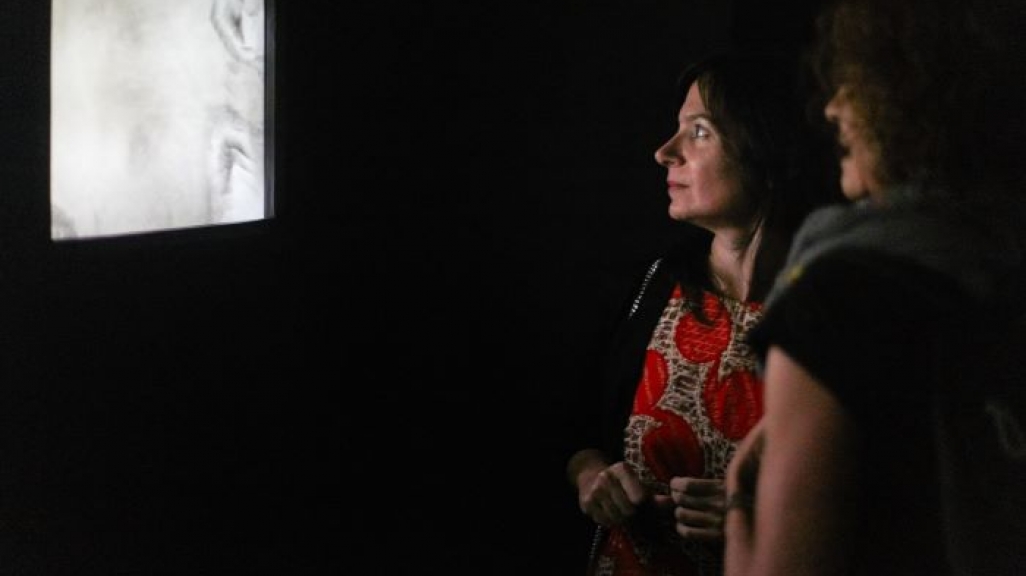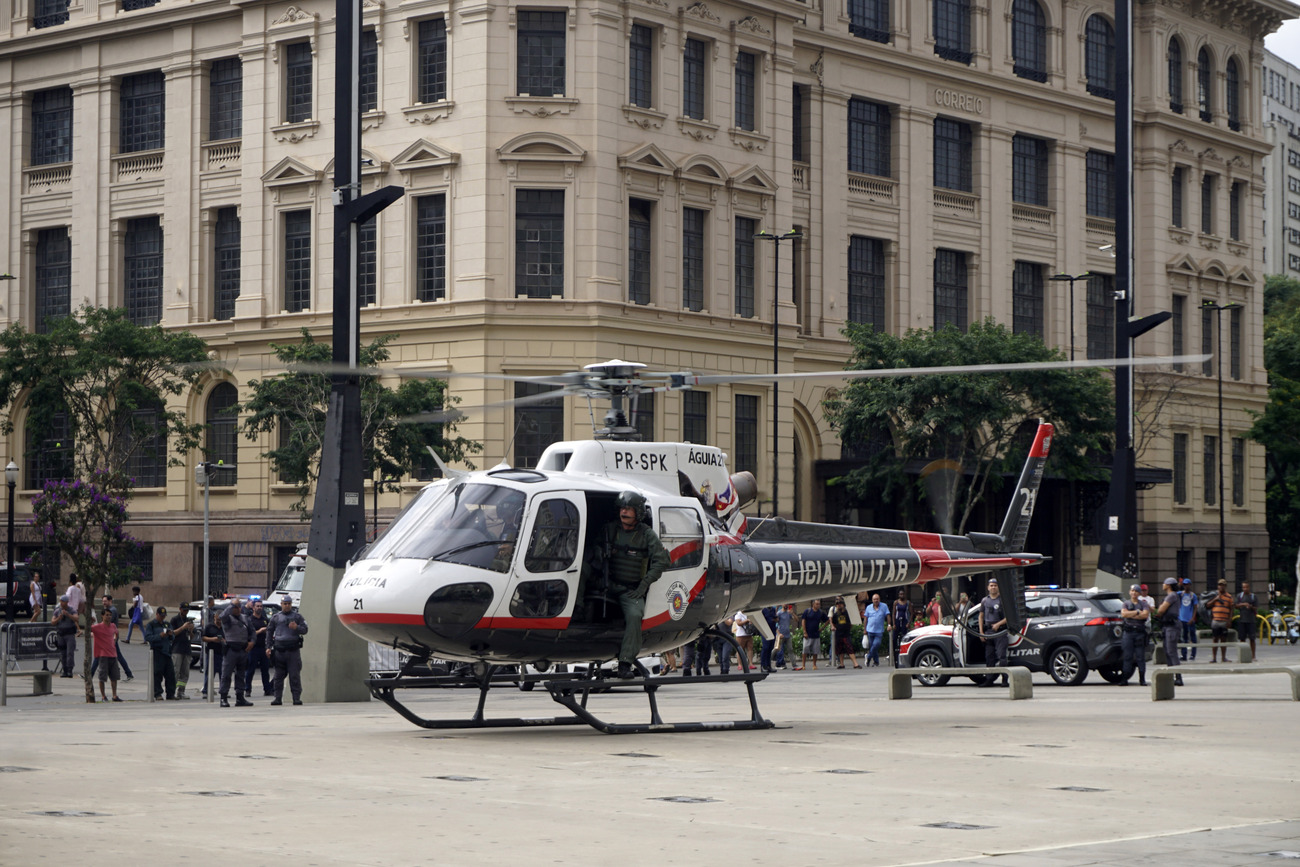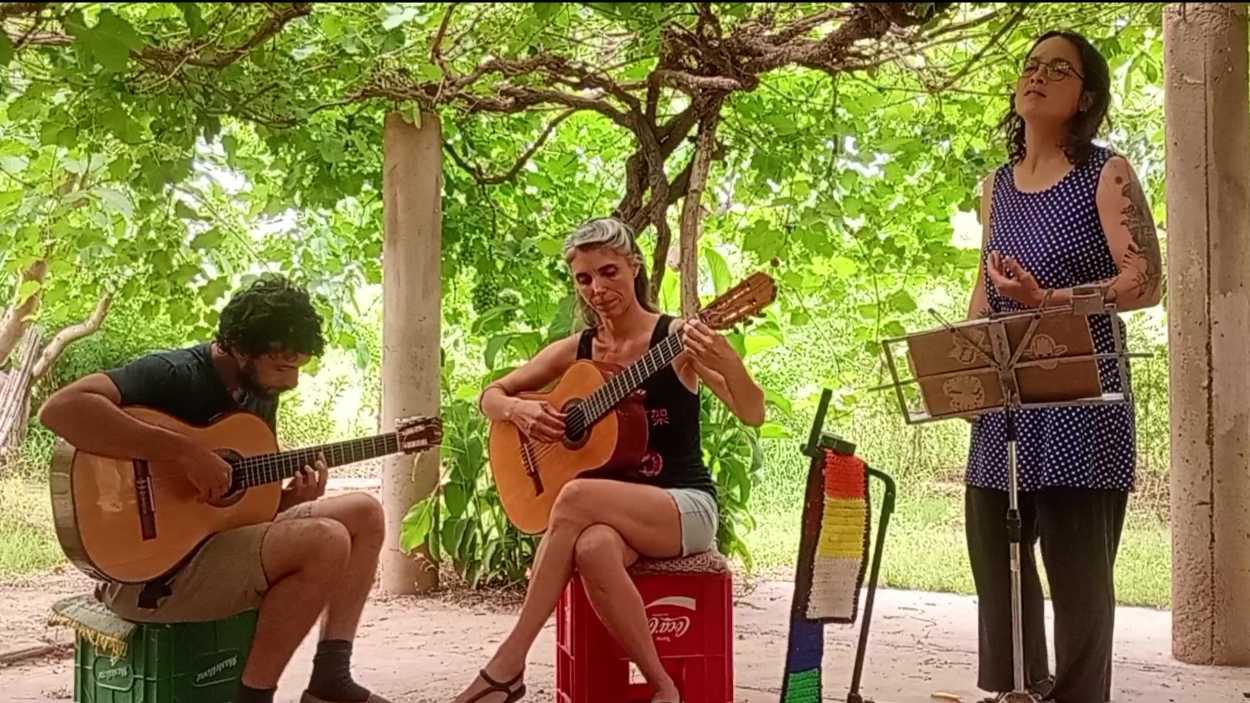Alice Miceli on X-raying Chernobyl
Alice Miceli on X-raying Chernobyl
Brazilian artist Alice Miceli talks about her exhibition Projeto Chernobyl to Art in America's Emily Watlington.
Alice Miceli is a Brazilian artist and filmmaker who investigates how trauma can be embedded in a landscape through experiments with photographic processes. From 2006 to 2010, the artist worked with radiography—the creation of images using radiation, most commonly used to take X-rays—to record the fallout from the 1986 nuclear disaster at Chernobyl. The thirty images that comprise her “Projeto Chernobyl” are on view at the Americas Society in New York through January 25. Below, the artist explains how her radiographs were made.
The show opens with a few black-and-white, 35mm photographs I shot while working on the project. I was living in Berlin at the time and regularly took the train to Chernobyl, taking photographs along the way. They serve more as my visual diary than as part of the work itself.
“Projeto Chernobyl” is really a record of the site’s radioactivity, which is invisible to the naked eye and to conventional photography. The landscape around Chernobyl doesn’t look radioactive, but it has been permanently altered. To show this, I developed my own process for making radiographs...
Because there’s radiation everywhere—it’s even emitted by the sun—impressions are made on the film from both sides, unlike in traditional photography. Sometimes in the radiographs you’ll see concentrated light areas: they’re records of hot spots, which are radioactive particles that were embedded in a material’s surface during the accident. Those spots pose severe risk for contamination if you touch them, but they’re completely invisible to the naked eye.









